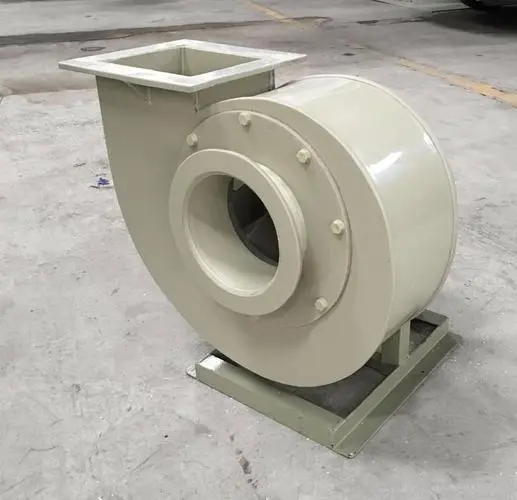iec60811 suppliers
Understanding IEC 60811 A Guide for Suppliers
The International Electrotechnical Commission (IEC) is a global organization that develops and publishes international standards for electrical and electronic devices. Among these is IEC 60811, which specifically focuses on insulating and sheathing materials of electric cables. For suppliers in the electrical industry, understanding this standard is crucial to ensuring product quality, safety, and compliance. This article aims to provide insight into the IEC 60811 standard and its implications for suppliers.
Overview of IEC 60811
IEC 60811 provides a comprehensive framework for testing and evaluating the physical and mechanical properties of insulating and sheathing materials used in power cables. It encompasses a range of criteria, including thermal resistance, electrical insulation, and mechanical performance. The standard is essential for ensuring that materials meet specific requirements, which can vary based on application and environment.
The guidelines set forth in IEC 60811 assist suppliers in determining the suitability of their materials for different types of cables, enhancing not only safety but also the reliability of electrical installations. By adhering to these standards, suppliers can ensure that their products are both compliant and competitive in the global marketplace.
Importance for Suppliers
1. Quality Assurance Suppliers must use IEC 60811 as a benchmark for testing their materials. The rigorous assessment helps to guarantee that their products will perform reliably over time, which is critical for customer satisfaction and safety. Quality assurance through standardized testing diminishes the risk of failures, which can lead to costly recalls and damage to reputation.
iec60811 suppliers

2. Regulatory Compliance Compliance with IEC standards is often mandated by regulatory bodies in various regions. By aligning products with IEC 60811, suppliers can ensure their materials are compliant with local and international regulations, facilitating easier market entry and reducing legal risks.
3. Global Trade As the electrical industry becomes more globalized, suppliers must navigate different regulations across countries. IEC 60811 serves as an internationally recognized standard, enabling suppliers to demonstrate compliance to various markets. This can significantly simplify the export process and increase the acceptance of products abroad.
4. Market Competitiveness Suppliers who adhere to IEC 60811 can differentiate themselves from competitors who do not meet these stringent standards. A commitment to quality and safety can be a powerful marketing tool, helping to attract clients who prioritize reliability in their electrical components.
5. Sustainability and Innovation Many suppliers are increasingly focused on sustainability and innovative materials. IEC 60811 promotes the use of environmentally friendly materials and practices, encouraging suppliers to invest in research and development for better-performing and sustainable insulating and sheathing materials.
Conclusion
For suppliers in the electrical and electronics sector, understanding and complying with IEC 60811 is not merely a matter of regulatory necessity; it is also a strategic move that can enhance product quality, increase market competitiveness, and enable access to global markets. The standard provides valuable guidelines that help suppliers assess their materials' performance, ensuring that they meet industry benchmarks for safety and reliability.
As the industry continues to evolve, suppliers who prioritize compliance with IEC 60811 and implement robust quality assurance measures will position themselves as leaders in the market. By aligning with this international standard, suppliers can not only better serve their customers but also contribute to the overall safety and reliability of electrical systems worldwide.
-
The Role of Tensile Force Testers in Quality Control and Material Science
NewsAug.01,2025
-
Maintenance and Safety Tips for Aging Ovens
NewsAug.01,2025
-
Density Balance in Forensic Science
NewsAug.01,2025
-
Advanced Optical Measurement Technologies
NewsAug.01,2025
-
A Buyer’s Guide to Tensile Test Machines
NewsAug.01,2025
-
Why the Conductor Resistance Constant Temperature Measurement Machine Redefines Precision
NewsJun.20,2025
 Copyright © 2025 Hebei Fangyuan Instrument & Equipment Co.,Ltd. All Rights Reserved. Sitemap | Privacy Policy
Copyright © 2025 Hebei Fangyuan Instrument & Equipment Co.,Ltd. All Rights Reserved. Sitemap | Privacy Policy
